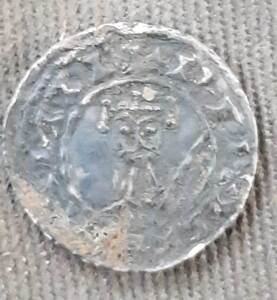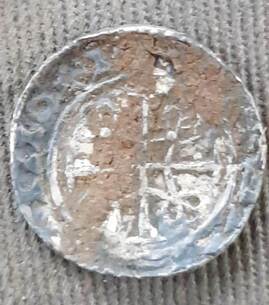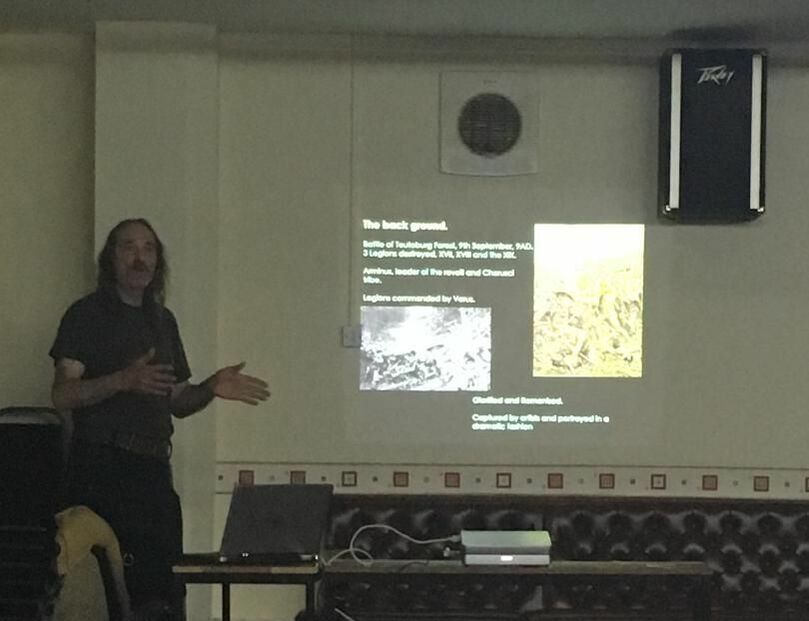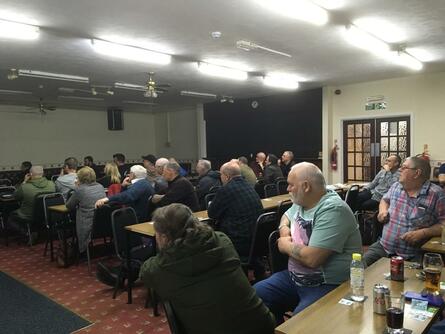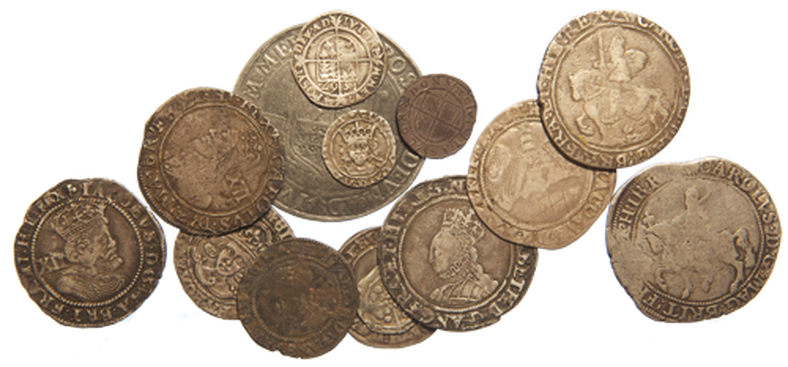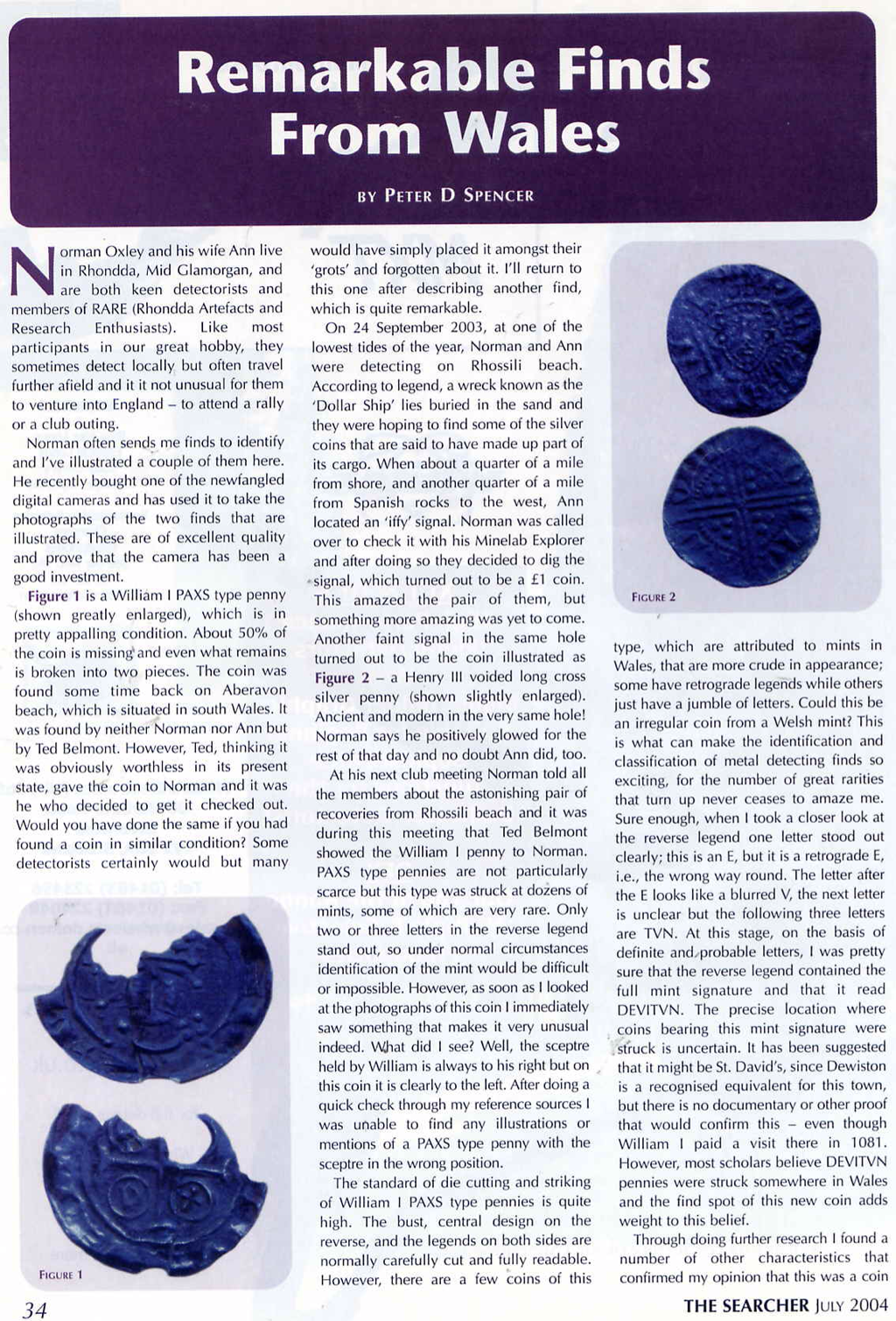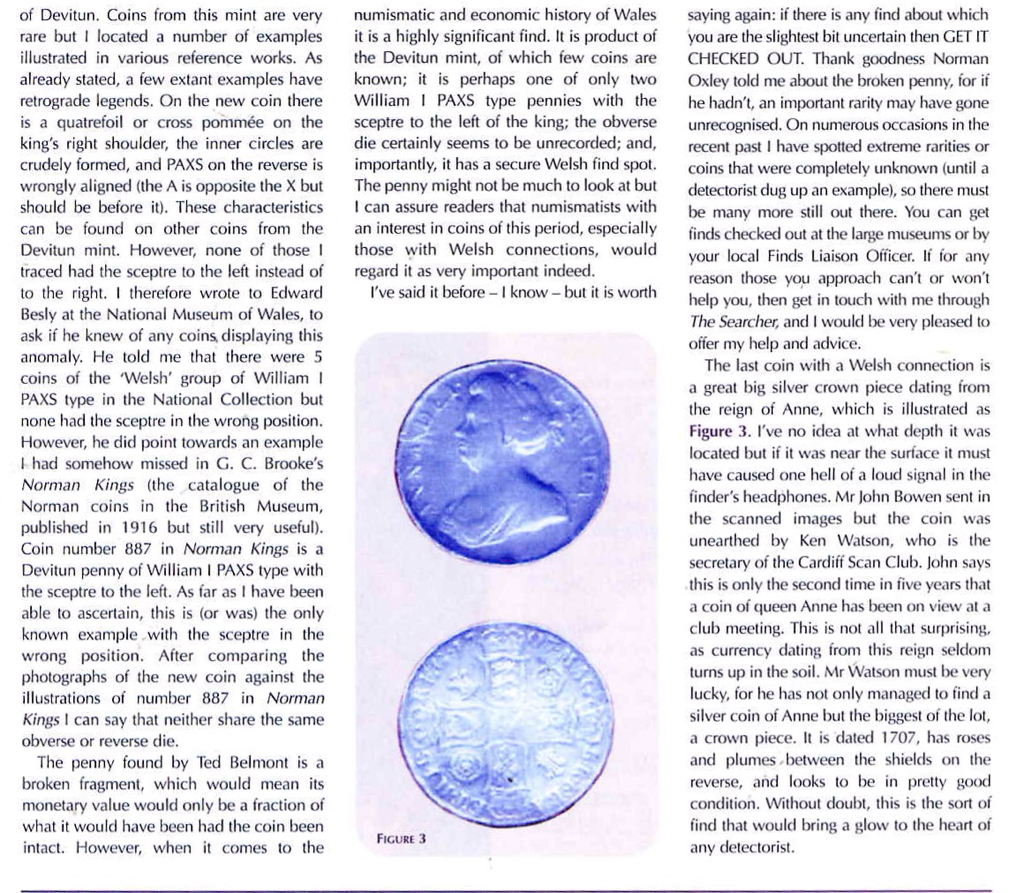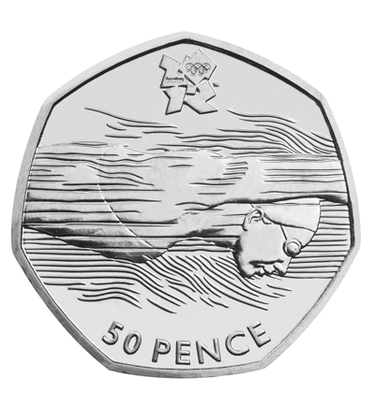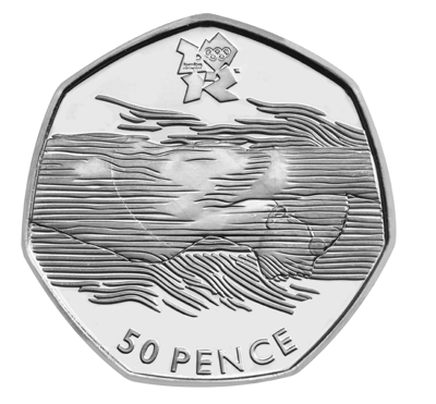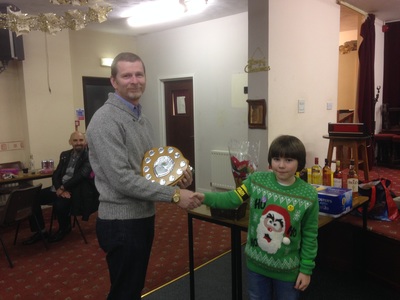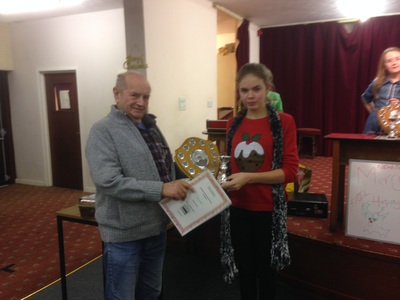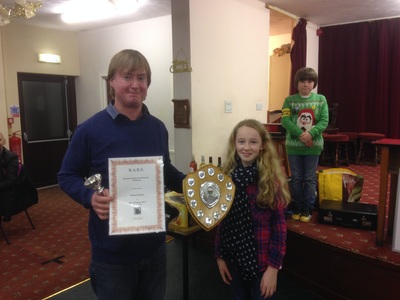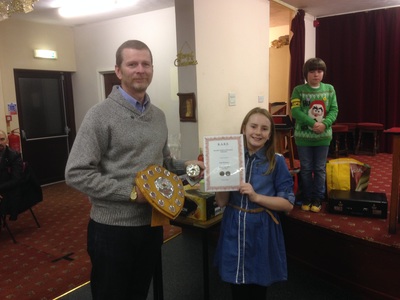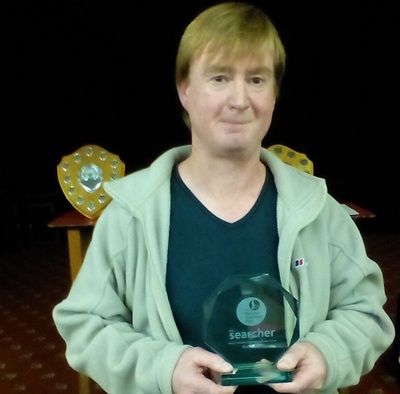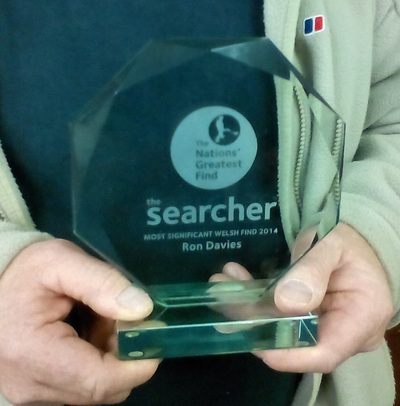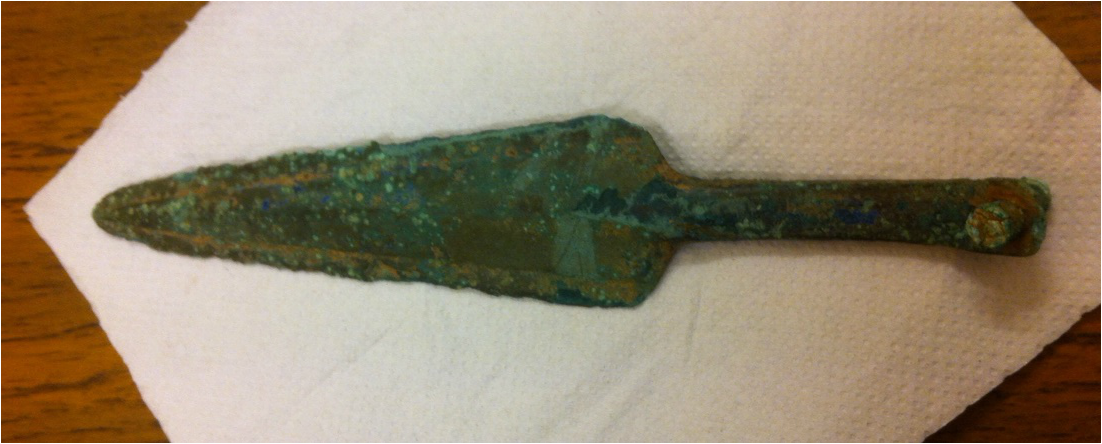Rhondda Artefacts & Research Enthusiasts
- HOME
- About Us
- Committee
- Meeting Dates
- Club News
- Upcoming Events
- Rally Reports
- Members Stories
- Lost & Found
- F.O.M.
- Membership
- Rules
-
Gallery
- Annual Social Night 2023
- Annual Social Night & Presentation 2022
- Annual Social Night & Presentation 2020/2021
- FOM Winners 2020-2021
- FOM Winners 2019
- FOM Winners 2018
- FOM Winners 2017
- FOM Winners 2016
- FOM Winners 2015
- FOM Winners 2014
- FOM Winners 2013
- Barry Island 2013
- Henry Axford Rally 2012
- RARE Annual Beach Hunt 2011
- RARE Christmas Party 2011
- RARE Token Hunt/BBQ 2011
- RARE Token Hunt / BBQ 2010
- 20th Anniversary Photo's
- Various RARE Members
- Members Find's
- Media
- Links
Club News
New Online Detecting Site
We have been approached by an online shop asking to share a link to their site with our members. If anyone is interested in purchasing an item from them please click the link below or go to our Links Page.
Members can obtain the discount code via our Facebook and Whatsapp pages.
https://www.smartdetectors.co.uk/
Most Significant Find - Searcher Magazine
Congratulations must go to R.A.R.E. member Vince Rees on receiving his recent award from the Searcher Magazine.
Vince won the "Most Significant Welsh Find 2019" for his "William I Penny" which he found back in October 2018.
Vince was put forward for the award by our "Finds Liason Officer" Mark Lodwick.
Well Done Vince...........Happy Hunting
Vince won the "Most Significant Welsh Find 2019" for his "William I Penny" which he found back in October 2018.
Vince was put forward for the award by our "Finds Liason Officer" Mark Lodwick.
Well Done Vince...........Happy Hunting
-------------------------------------------------------------------------
Amgueddfa Blog / Cardiff Museum
A Penny and a Brooch - Pete Anning
https://museum.wales/blog/?fbclid=IwAR06xprqof8Z_mnePCmRhdv3ozdKlGB9CSo6vjK8AkAZrj89FSx7nfnzQFQ
Two Rare objects have recently been donated to the National Museum of Wales by Pete Anning, a silver penny of King Aethelraed II and a fragment of a 7th / 8th Century Copper Alloy Penannular Brooch. Read the full story by clicking on the link above
The Hillforts Of North-East Westphalia
The Grotenburg and The Piepenkopf.
We were lucky enough to be given a very informative talk by Ian Dennis (Archaeological Illustrator and Lecturer) from Cardiff University on the The Hillforts of North-east Westphalia, as you can see from the picture above, the lecture was well supported by the club.
The project was started in 2017 at the Westphalian hillforts of the Grotenburg and Piepenkopf, it was a pilot scheme intended to build upon existing collaborative working between Cardiff University (UK) and Lippisches Landesmuseum Detmold (LLM).
The aspiration was to link the theoretical approaches to Iron Age hillfort studies across Europe and enable comparative analysis between different regions.
The excavations are led by Ian Dennis (Cardiff University) and Johannes Muller-Kissing (Detmold Museum).
It is my belief that these studies and excavations are to be continued, anyone who wishes to learn more about this subject can contact Ian Dennis via the University
The project was started in 2017 at the Westphalian hillforts of the Grotenburg and Piepenkopf, it was a pilot scheme intended to build upon existing collaborative working between Cardiff University (UK) and Lippisches Landesmuseum Detmold (LLM).
The aspiration was to link the theoretical approaches to Iron Age hillfort studies across Europe and enable comparative analysis between different regions.
The excavations are led by Ian Dennis (Cardiff University) and Johannes Muller-Kissing (Detmold Museum).
It is my belief that these studies and excavations are to be continued, anyone who wishes to learn more about this subject can contact Ian Dennis via the University
---------------------------------------------------------------------------------------------------------------
How to Read & Identify Hammered Coinage
| medieval_coins___identification_guide.pdf | |
| File Size: | 6728 kb |
| File Type: | |
-------------------------------------------------------------------------------------------------------------------------------------------------
BRITISH COIN KEY DATES
This page contains a list of all the non gold slightly scarcer British predecimal coin 'Key Dates' since 1821, for all denominations.
Please be aware that condition is always by far the most important thing where coin collectors are concerned. Even if you do have a coin from a date listed on this page it doesn't mean it's highly sought after or that rare, just that it's usually a little harder to find than its 'dated neighbours'. Often key date coins if Fine grade or below are worth little more, or sometimes about the same as the commoner dates.
The list was compiled including all the usual scarcer date British coins (some of them legendary!) with additions of other coins made according to current catalogue values. I have not included mint errors (e.g letters/numbers struck on top of other characters), proofs, gold coins or colonial issued coins.
Most of the coins on this page are worth between £1 and £10 with the excessively rare coins (marked with a ' * ') being worth a small fortune. All silver coins issued before 1920 are sterling (.925) Silver, and all coins issued between 1920 and 1946 contain 50% silver (.500) so because of the bullion content these coins are usually worth a little more than the post 1947 'Silver' coins.
By denomination, Lowest first
FARTHING
1842. 1844. 1849. 1859. 1860 (Larger copper type with date under the Queen). 1863. 1895 (Bun head Victoria). 1937* Edward VIII.
HALF PENNY
1825. 1843. 1845. 1860* (Larger copper type with date under the Queen). 1871. 1902 (Lower tide on reverse). 1904 slightly scarcer than normal. 1957 with a calm sea is scarcer.
PENNY
1837. 1843. 1849. 1860 bronze bun type is scarcer in certain varieties, the most commonly found is very common. 1861 as 1860. 1869. 1871. 1875H ('H' below date). 1895 with no sea. 1902 with low tide. 1912H ('H' Next to date). 1918H ('H' Next to date). 1918KN ('KN' Next to date). 1919H ('H' Next to date). 1919KN ('KN' Next to date). 1926 with newer head type. 1933* Pattern only. 1937* Edward VIII. 1950. 1951. 1954*.
THREEPENCE (SILVER SMALL TYPE)
1852. 1853. 1893 With Jubilee head. 1937* Edward VIII. 1945* (Must be silver) strictly a colonial coin, but worth putting in for it's £4,000 value! 1953 (Must be the silver maundy type).
THREEPENCE (BRASS 12 SIDED TYPE)
1937* Edward VIII. 1946. 1949.
FOURPENCE OR GROAT
1851. 1852. 1853. 1888 with Jubilee head.
SIXPENCE
1824. 1825. 1826. 1827. 1828. 1836. 1837. 1848. 1854. 1862. 1863. 1882. 1893 Not to be confused with maundy common issue. 1937* Edward VIII. 1952. 1954 Just slightly scarcer.
SHILLING
1848. 1850. 1851. 1879. 1882. 1889 with smaller head. 1905. 1957 Scotish type. 1958 English type. 1959 Scotish type.
FLORIN
1849. 1854 (MDCCCLIV). 1891. 1892. 1905 (In fact, any Edward VII with a readable date are getting harder to find). 1925. 1932. 1937* Edward VIII. 1954 and 1959 in high grade only.
HALF CROWN
1823 Without shield in garter. 1824 Bare head type. 1839. 1841. 1887 young head (Not priced high now, but low mintage, so an educated prediction). Generally all Edward VII are scarce but especially 1905 and 1903. 1925. 1930. 1937* Edward VIII. 1954 and 1959 only in high grades.
DOUBLE FLORIN
All pretty common with the exception of the George V and VI pattern issues.
CROWN
Generally all Victorian Young head and Gothic head Crowns are scarce (1837-1853. 1893 with LVII on edge. 1898 with LXI on edge. 1900. 1902 is scarce, especially in high grades. 1927 (proof only). 1928. 1929. 1930. 1931. 1932. 1933. 1934*. 1936. 1937* Edward VIII.
Please note that some coins in high grades are worth considerable sums even if they are not on this list! This list reflects (as accurately as possible) coin mintage numbers and demand, and when a demand drops coin prices go down. Although this is rare, it is not impossible.
Chris Perkins 3rd June 2003 and updated 28th July 2015.
This page contains a list of all the non gold slightly scarcer British predecimal coin 'Key Dates' since 1821, for all denominations.
Please be aware that condition is always by far the most important thing where coin collectors are concerned. Even if you do have a coin from a date listed on this page it doesn't mean it's highly sought after or that rare, just that it's usually a little harder to find than its 'dated neighbours'. Often key date coins if Fine grade or below are worth little more, or sometimes about the same as the commoner dates.
The list was compiled including all the usual scarcer date British coins (some of them legendary!) with additions of other coins made according to current catalogue values. I have not included mint errors (e.g letters/numbers struck on top of other characters), proofs, gold coins or colonial issued coins.
Most of the coins on this page are worth between £1 and £10 with the excessively rare coins (marked with a ' * ') being worth a small fortune. All silver coins issued before 1920 are sterling (.925) Silver, and all coins issued between 1920 and 1946 contain 50% silver (.500) so because of the bullion content these coins are usually worth a little more than the post 1947 'Silver' coins.
By denomination, Lowest first
FARTHING
1842. 1844. 1849. 1859. 1860 (Larger copper type with date under the Queen). 1863. 1895 (Bun head Victoria). 1937* Edward VIII.
HALF PENNY
1825. 1843. 1845. 1860* (Larger copper type with date under the Queen). 1871. 1902 (Lower tide on reverse). 1904 slightly scarcer than normal. 1957 with a calm sea is scarcer.
PENNY
1837. 1843. 1849. 1860 bronze bun type is scarcer in certain varieties, the most commonly found is very common. 1861 as 1860. 1869. 1871. 1875H ('H' below date). 1895 with no sea. 1902 with low tide. 1912H ('H' Next to date). 1918H ('H' Next to date). 1918KN ('KN' Next to date). 1919H ('H' Next to date). 1919KN ('KN' Next to date). 1926 with newer head type. 1933* Pattern only. 1937* Edward VIII. 1950. 1951. 1954*.
THREEPENCE (SILVER SMALL TYPE)
1852. 1853. 1893 With Jubilee head. 1937* Edward VIII. 1945* (Must be silver) strictly a colonial coin, but worth putting in for it's £4,000 value! 1953 (Must be the silver maundy type).
THREEPENCE (BRASS 12 SIDED TYPE)
1937* Edward VIII. 1946. 1949.
FOURPENCE OR GROAT
1851. 1852. 1853. 1888 with Jubilee head.
SIXPENCE
1824. 1825. 1826. 1827. 1828. 1836. 1837. 1848. 1854. 1862. 1863. 1882. 1893 Not to be confused with maundy common issue. 1937* Edward VIII. 1952. 1954 Just slightly scarcer.
SHILLING
1848. 1850. 1851. 1879. 1882. 1889 with smaller head. 1905. 1957 Scotish type. 1958 English type. 1959 Scotish type.
FLORIN
1849. 1854 (MDCCCLIV). 1891. 1892. 1905 (In fact, any Edward VII with a readable date are getting harder to find). 1925. 1932. 1937* Edward VIII. 1954 and 1959 in high grade only.
HALF CROWN
1823 Without shield in garter. 1824 Bare head type. 1839. 1841. 1887 young head (Not priced high now, but low mintage, so an educated prediction). Generally all Edward VII are scarce but especially 1905 and 1903. 1925. 1930. 1937* Edward VIII. 1954 and 1959 only in high grades.
DOUBLE FLORIN
All pretty common with the exception of the George V and VI pattern issues.
CROWN
Generally all Victorian Young head and Gothic head Crowns are scarce (1837-1853. 1893 with LVII on edge. 1898 with LXI on edge. 1900. 1902 is scarce, especially in high grades. 1927 (proof only). 1928. 1929. 1930. 1931. 1932. 1933. 1934*. 1936. 1937* Edward VIII.
Please note that some coins in high grades are worth considerable sums even if they are not on this list! This list reflects (as accurately as possible) coin mintage numbers and demand, and when a demand drops coin prices go down. Although this is rare, it is not impossible.
Chris Perkins 3rd June 2003 and updated 28th July 2015.
ARE THERE VALUABLE RARE COINS IN YOUR WALLET?
"YOU DON’T NEED TO UNCOVER A MEDIEVAL GROAT TO MAKE A MINT"
I hate small change. I’d much prefer to have notes rather than coins. Not only are they worth more, they don’t burn a hole in my pocket.
I have also been known to shun the odd bit of change, magnanimously asking the retailer to put it in the charity tin.
It makes me feel good, as I kid myself that I’m doing my bit, when in fact I’m just trying to avoid being weighed down with shrapnel.
Unfortunately, it seems I may have been an idiot - on this matter, anyway - as some of the coins that pass through my hands on a daily basis could be worth a small fortune.
And unlike wading through muddy fields with a metal detector for a long forgotten stash of Roman gold guineas, you could find them in your own pocket...
Tuppence ha'penny
Take the humble 2p piece: if you have a 1983 coin inscribed with ‘New Pence’ rather than ‘Two Pence’ you could be quids in.
This is because after more than a decade, the Government took the view that decimal currency wasn’t so fresh, so ‘new’ became ‘two’.
If you do come across one of these rare copper coins, brace yourself for a windfall of around £600.
From the new-school
Even newer coins have the potential to make you money, with the famed, undated 20 pence piece as the decimal equivalent of the Holy Grail.
Here’s why it’s a winner: in 2009 the Royal Mail switched the date from the tails to the heads side of the coin.
However, 100,000 were minted without the year embossed. The Royal Mint’s error created a highly valuable coin, which is the first ‘mule’ in circulation since 1672 when King Charles II was on the throne.
Find one of these beauties and you could get upwards of £100 for it.
What to do if you find one?
By now, the chances are you’ve emptied your pockets, and if you’re reading this at work you may be planning to rifle through various piggy banks and cupboards when you get home.
If you are, here are a couple of tips on how to proceed if you do come across a rare coin.
First, don’t polish them. As with any rare coin, they will be worth more with their original toning. If an expert wants a shiny coin, let them polish it. So ditch the Brasso.
Second, get at least three experts to scrutinise your find and provide a valuation. If they concur, you’re on to a winner, but if one or more suspects a fake take this seriously and consider contacting the Royal Mint, or the Goldsmiths Company, if the coin is a precious metal.
The pitfalls
Unfortunately, fraud is a big issue in the world of rare coins.
Crooks are well aware of the potential value of less-than-glamorous, yet valuable decimal currency and will pounce on innocents who they can fleece.
It’s easy to get suckered into buying so-called rare coins that aren’t in fact worth more than their scrap metal value. This is because coins that feature Queen Victoria, for instance would have been in general circulation until relatively recently.
That doesn’t mean there are no rare imperial coins out there, but rather you just need to keep your wits about you.
Look to the present
It’s true that the value of rare current coins is invariably lower than for uncommon pre-decimal pounds, shillings and pence. But while Imperial coins were around for a millennium, you don’t need to uncover a mediaeval grout to make a mint.
Nineteenth and twentieth century coins were in general circulation until at least 1971, with the humble sixpence clinging on until 1980.
This means that the chances of coming across a stash of old coins in your Nan’s flat isn’t that unlikely. So the next time you’re round there, waiting for the kettle to boil, it could be worth sorting through the small change. Who knows what you may find?
Take the 1937 Edward VIII three pence piece. David, as King Edward was known to friends and family, reigned for only a few months in 1936, before abdicating in order to marry an American.
As a result, coins bearing his image are very rare indeed. In the case of the 1937 ‘thupenny bit’, just 12 of these coins were minted, and each was intended to be buried beneath churches – don’t ask why! If one of these turns up, the lucky finder would be in for a £30,000 windfall.
Moving on a few years and 1950 and 1951 pennies are worth keeping an eye out for at boot and antiques fairs as very few were minted, meaning that each has a value of around £50.
Rumour has it that some 1p pieces are also rare, particularly the 1973 issue, but I couldn’t find any evidence of this. I even checked this out on eBay, only to fine a range of 1p pieces put up for auction for, you guessed it, 1p. One coin was on offer for 6p, but it was photographed on a leather background, which must make all the difference.
The commemoration game
Backgrounds or not, coins are coins, right? Wrong. Stick the television on and the chances are you’ll see an ad for a commemorative set of stamps or coins. (Not to be confused with the made-up ones in rude comic Viz by the way- Ed)
A recent instance includes a celebration minting of 10,000 solid silver crown-sized £5 coins and 2,013 22 carat gold sovereigns trumpeting the arrival of Prince George. The silver coins cost around £80, while the sovereigns go for ten times that sum.
But if other commemorative coins are anything to go by, they won’t be any more valuable than a lump of silver or gold of the same weight, which just goes to prove that you can’t necessarily create a ‘collectible’. They just happen.
Here’s a really recent example. While most of the coins minted to celebrate the London 2012 Games were worth face value only, one version of the Aquatics Olympic 50p piece is worth considerably more.
The original design (below) featured waves flowing over the swimmer’s face, but was swiftly changed to make the swimmer clearer to see, as pictured below. Some of the original coins found there way into circulation and are something of a rarity – although to the best of my knowledge none have come up at auction, yet.
This brings me back to the main point: if you’re bored, stuck at a bus stop or waiting for a friend in a pub, empty your pockets and see whether you may have a hidden gem among the dross. You may not have more than face-value coins, but someone has to have those rare 2p and 20p pieces...
Noahs Ark Children's Hospital For Wales
Jesse's story
On Wednesday 13th January our Co-Chairman and youngest member Jesse Holt aged 11 years was given the honour of presenting a cheque of £205.00 to our chosen charity of 2015 "Noahs Ark".
At the age of 6 years Jesse was admitted to the Noahs Ark Childrens Hospital of Wales where he was diagnosed with "Kawasaki Disease" a rare condition usually affecting children under the age of 5. Due to the excellent care he was given by the hospital Jesse made a complete recovery so this charity has an extra special meaning.
This donation was raised by club members throughout the year through their generosity and club auction's, also including loose change found whilst out metal detecting.
Thank You.
http://www.walesonline.co.uk/news/local-news/11-year-old-metal-detector-10777227
------------------------------------------------------------------------------------------------------------------------
Annual Social Night and Presentation 2015
Its that time of year again, where has it gone.....
The Annual Social night and presentation 2015 has come and gone, we would like to thank all the members and their families who turned up and hope they had a good night.
Unfortunately no entertainment was provided this year but Colin and Mandy did provide some music for us to enjoy.
The winners for this year are as follows and they were awarded by our younger members:-
Most Accumulated Points (Teddy Belmont Memorial Shield) was won by Paul Williams and was awarded by Jesse Holt (top left)
Best Coin was won by Paul Williams and was awarded by Ellie Bowers (bottom right)
Best Artefact was won by Allan Picton and was awarded by Kelsey Roberts (top right)
Best Modern was won by Ronnie Davies and was awarded by Emily Street (bottom left)
The Annual Social night and presentation 2015 has come and gone, we would like to thank all the members and their families who turned up and hope they had a good night.
Unfortunately no entertainment was provided this year but Colin and Mandy did provide some music for us to enjoy.
The winners for this year are as follows and they were awarded by our younger members:-
Most Accumulated Points (Teddy Belmont Memorial Shield) was won by Paul Williams and was awarded by Jesse Holt (top left)
Best Coin was won by Paul Williams and was awarded by Ellie Bowers (bottom right)
Best Artefact was won by Allan Picton and was awarded by Kelsey Roberts (top right)
Best Modern was won by Ronnie Davies and was awarded by Emily Street (bottom left)
Most Significant Welsh Find 2014 - The Searcher Magazine Award
Congratulations must go to R.A.R.E. member Ronnie Davies on receiving his recent award from the Searcher Magazine.
Ron won the "Most Significant Welsh Find 2014" for his "Bronze Age Spear Head" which he found back in February 2014.
Ronnie was put forward for the award by our "Finds Liason Officer" Mark Lodwick.
Well Done Ron...........Happy Hunting
Ron won the "Most Significant Welsh Find 2014" for his "Bronze Age Spear Head" which he found back in February 2014.
Ronnie was put forward for the award by our "Finds Liason Officer" Mark Lodwick.
Well Done Ron...........Happy Hunting

